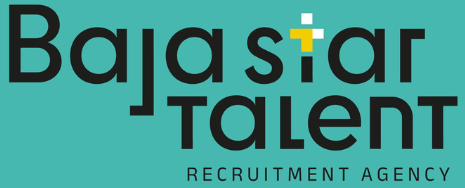The rate cut, along with potential future reductions, will have wide-ranging effects, especially for older Americans and the broader economy.

On September 18, the Federal Reserve lowered its benchmark interest rate by half a percentage point, bringing the target range down to between 4.75% and 5.0%. This move indicates that the Fed is now more concerned about slowing economic growth and a cooling job market than inflation pressures.
“The Fed is watching both inflation and employment closely. Inflation is nearing their target, while economic growth is slowing,” says Gary Schlossberg, global strategist at Wells Fargo Investment Institute.
The rate cut, along with potential future reductions, will have wide-ranging effects, especially for older Americans and the broader economy. Borrowers aged 50 and over, struggling with high interest rates, might benefit from some relief. However, savers may see smaller returns on their savings.
This marks the first time since March 2020, at the start of the pandemic, that the Fed has cut rates. Rates remained near zero until 2022, when the Fed began raising them to combat high inflation.
Why the Fed Lowers Rates
The federal funds rate is a key tool for influencing the economy. When the Fed lowers it, borrowing costs for consumers typically decrease, affecting products like mortgages, auto loans, and credit cards. The goal is to encourage spending by making borrowing cheaper.
“Now that inflation is under control, the Fed is reducing rates to avoid slowing the economy too much,” says Greg McBride, chief financial analyst at Bankrate.com.
What the Rate Cut Means for Borrowers
Borrowers generally benefit from a Fed rate cut, as interest rates on various loans often follow the federal funds rate.
“For borrowers, this is good news, as borrowing costs decrease, though different types of loans are affected in various ways,” says Collin Martin, fixed income strategist at Schwab Center for Financial Research.
For instance, fixed-rate auto loans won’t change unless refinanced, but new auto loans will likely have lower rates. Credit card rates, which are typically adjustable, will also begin to drop, though other factors like credit scores still play a role.

What the Rate Cut Means for Savers
On the downside, savers may earn less interest on savings accounts and certificates of deposit (CDs). However, McBride points out that high-yield accounts will still provide decent returns for the time being.
“It’s still a good environment for savers, especially if the Fed doesn’t cut rates aggressively,” says McBride. Savers should seek high-yield accounts and consider locking in current CD rates before they drop.
For retirees, CDs or high-quality bonds could be attractive for steady returns, McBride adds, noting that now is an ideal time to secure yields before they decrease.
